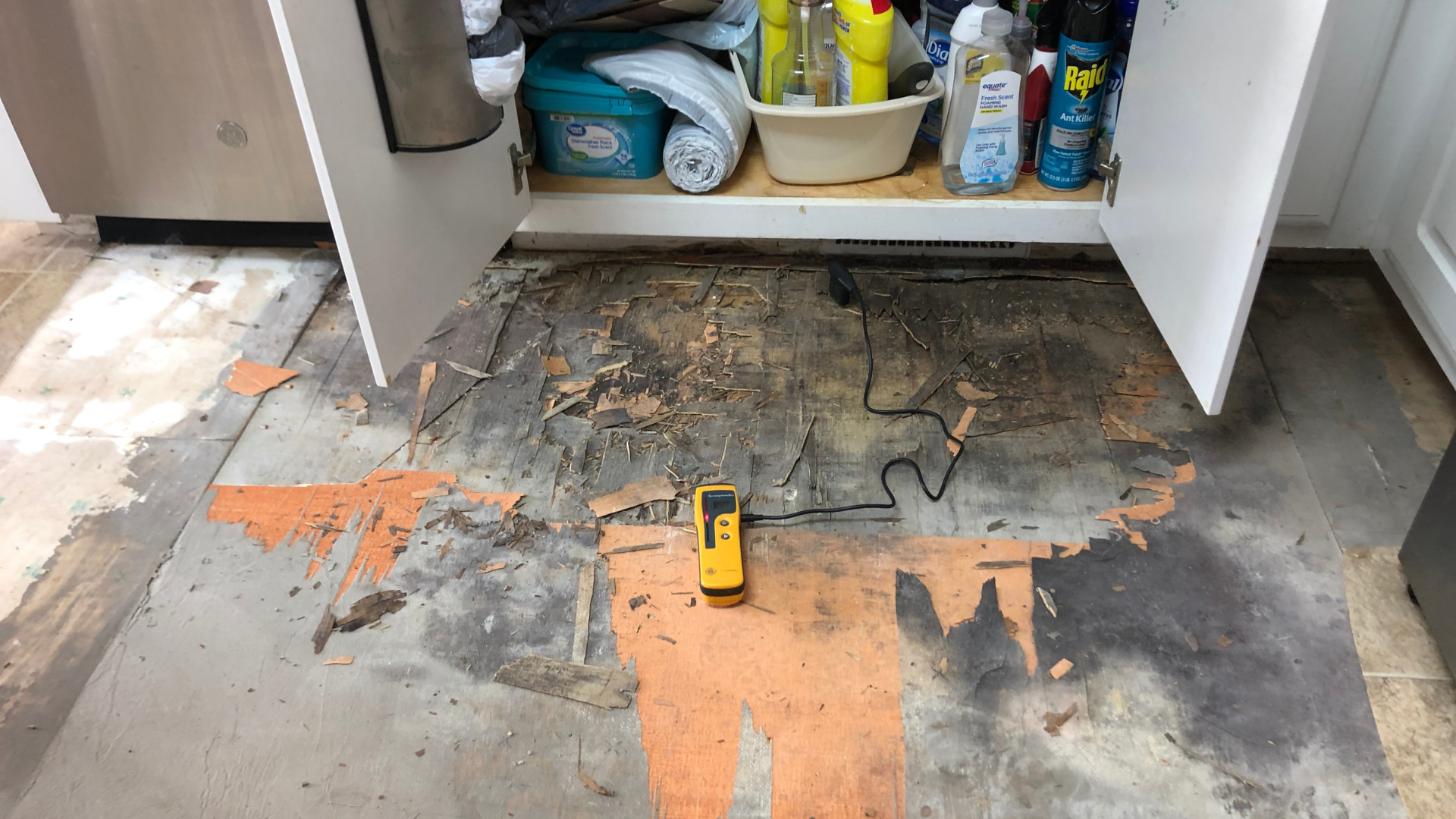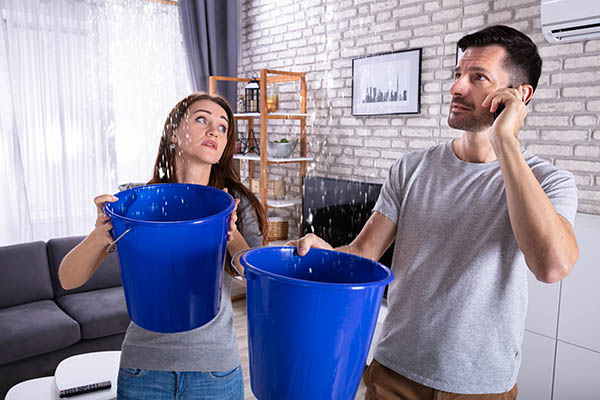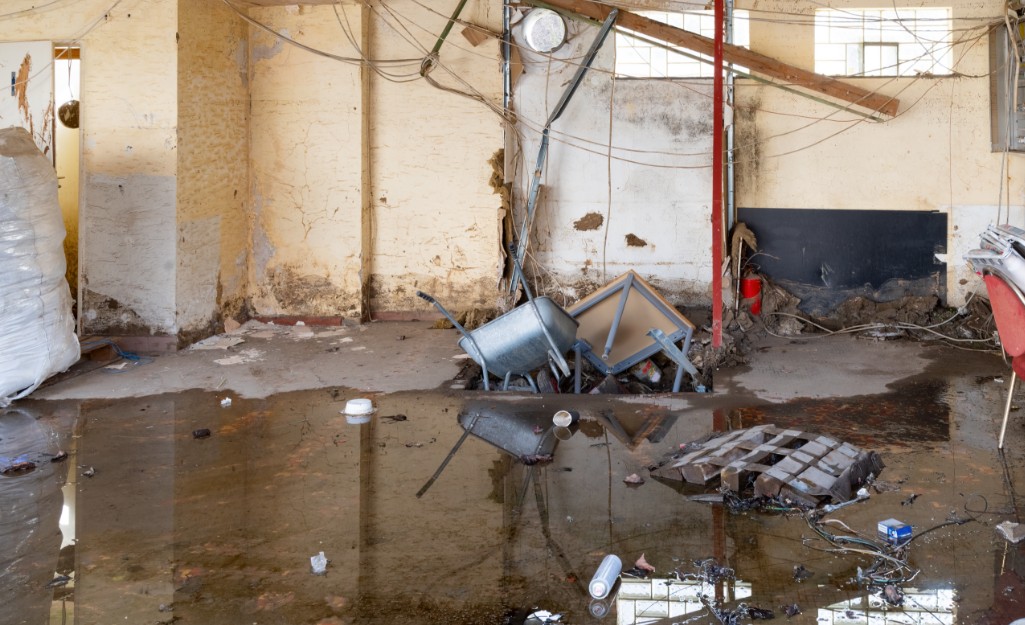How to pick the right Water Damage Restoration company that fits your needs
Water Damage Restoration 101: Recognizing the Process and Expense
Water damage can strike all of a sudden, leaving house owners in a state of complication. Comprehending the reconstruction process is essential for reliable healing. From examining the damage to selecting the right solution company, each action affects the total outcome and expense. Factors such as the sort of water damage and necessity likewise play a considerable function. What are the certain techniques made use of in repair, and how can one get ready for potential expenses?
Sorts Of Water Damage

First Analysis and Examination

Water Removal Methods
Adhering to the first analysis, reliable water extraction strategies are employed to alleviate damage and stop further concerns. These methods include making use of specific equipment such as industrial-grade vacuums and completely submersible pumps - Water Extraction And Drying. The selection of technique depends upon the volume of water existing and the sort of materials influenced. For standing water, completely submersible pumps are typically used for rapid elimination, while vacuums are excellent for drawing out water from carpets and upholstery. Furthermore, advanced approaches like water extraction floor coverings may be utilized for hard-to-reach areas - Flood Cleanup Services. The goal is to remove as much water as possible, minimizing the possibility for mold and mildew growth and structural damage. Motivate and effective water removal is necessary in the overall water damage restoration process
Drying Out and Dehumidification Process
As soon as the water removal is full, the drying out and dehumidification procedure ends up being crucial to bring back the affected area. This stage generally utilizes industrial-grade dehumidifiers and air moving companies to efficiently minimize wetness levels. The dehumidifiers draw in moist air, eliminating excess moisture, while air moving companies distribute air to increase evaporation. Monitoring equipment is commonly used to track moisture and temperature levels, making sure ideal drying out problems. The duration of this procedure can differ depending upon the extent of the water damage and ecological aspects. It is necessary to completely dry all affected products, including wall surfaces, floor covering, and furnishings, to stop mold and mildew development and architectural damage. Correct implementation of this action is vital for a successful remediation outcome.
Cleansing and Sterilizing Affected Areas
Once the drying out procedure is full, an extensive preliminary evaluation and evaluation of impacted locations is important to determine contamination degrees. Reliable cleansing strategies and proper products must then be employed to get rid of debris and spots. Ultimately, sanitization and disinfection methods are important to guarantee that unsafe virus are gotten rid of, bring back the area to a secure condition
Preliminary Evaluation and Examination
Prior to starting any remediation initiatives, a comprehensive initial evaluation and assessment of the influenced locations are essential for effective cleaning and disinfecting. This process involves identifying the extent of water damage, figuring out the resource of the water invasion, and evaluating the materials influenced. Inspectors commonly search for indications of mold growth, architectural integrity problems, Water Damage Restoration and harmed possessions. The evaluation likewise includes inspecting wetness degrees using specific tools to guarantee no covert water pockets continue to be, as these can result in additional complications. Recording the searchings for is necessary for intending the next actions in the reconstruction process. A detailed first evaluation makes it possible for remediation specialists to design a targeted method for effective cleansing and disinfecting, ultimately lessening damage and wellness dangers.
Cleansing Methods and Products
Effective cleansing and sterilizing of water-damaged areas need a range of techniques and items customized to the specific products influenced. For permeable surfaces like drywall and carpeting, removal techniques are vital to get rid of excess wetness, followed by deep cleansing with specialized detergents. Non-porous products such as tile or steel can be cleaned using commercial-grade cleaners that effectively get rid of contaminants. Vapor cleaning is an additional effective strategy, particularly for carpetings and furniture, as it uses high temperatures to remove germs and mold (Water Damage Restoration). Additionally, environmentally friendly items are significantly preferred for their security and effectiveness - Water Damage Restoration. Eventually, selecting the ideal cleansing methods and items not only guarantees instant cleanliness yet likewise aids in avoiding additional damage and health and wellness dangers related to water intrusion
Sanitization and Disinfection Methods
When addressing water damage, correct sanitization and disinfection approaches are necessary to ensure the safety and health and wellness of the affected setting. After initial cleansing, surfaces must be treated with suitable anti-bacterials to get rid of microorganisms, mold and mildew, and bacteria that grow in damp problems. Usual approaches consist of the use of EPA-approved chemical disinfectants, which can be applied through spraying or wiping methods. Furthermore, ultraviolet (UV) light systems can efficiently sanitize locations by neutralizing bacteria without harsh chemicals. The option of approach frequently depends on the kind of materials affected and the extent of contamination. Inevitably, extensive sanitization not just recovers a safe living area however additionally helps avoid future health and wellness threats connected with lingering wetness and mold development.

Repair Work and Restoration Options
Reviewing the damage caused by water exposure is essential for figuring out the suitable fixings and repair options. Homeowners may deal with different issues, consisting of damaged drywall, deformed floor covering, and jeopardized structural components. Relying on the extent of the damage, fixings might include replacing areas of drywall, mounting new floor covering, or strengthening architectural beams. In situations of serious damage, total replacement of affected materials may be needed. Furthermore, specialist conservators usually suggest using dampness meters to evaluate hidden dampness levels prior to determining on the very best strategy. It is vital to act quickly to avoid mold development and more degeneration. Selecting the right alternatives not just restores the residential or commercial property yet likewise assures long-term safety and security and capability.
Aspects Influencing Restoration Costs

The level of water damage directly affects the restoration costs home owners can expect to sustain. Elements such as the source of the water, the period of direct exposure, and the affected materials substantially affect pricing. Tidy water damage from a busted pipeline is usually much less pricey to recover contrasted to damage triggered by sewage. Furthermore, the level of contamination determines the demand for specialized cleansing and disposal solutions, further increasing costs. Geographical area additionally plays a duty, as local labor prices and schedule of reconstruction solutions can differ. Ultimately, the necessity of the feedback influences prices; quicker treatments typically bring about decrease total expenditures by protecting against further damage. Comprehending these variables is important for property owners when approximating repair expenses.
The 3 main types of water damage are classified based on contamination degrees: tidy water, gray water, and black water. A comprehensive first assessment and inspection are crucial steps in the water damage remediation process. For standing water, completely submersible pumps are usually made use of for quick elimination, while vacuums are ideal for removing water from rugs and furniture. The degree of water damage straight impacts the restoration sets you back property owners can anticipate to incur. Tidy water damage from a broken pipe is usually less pricey to restore contrasted to damage created by sewage.